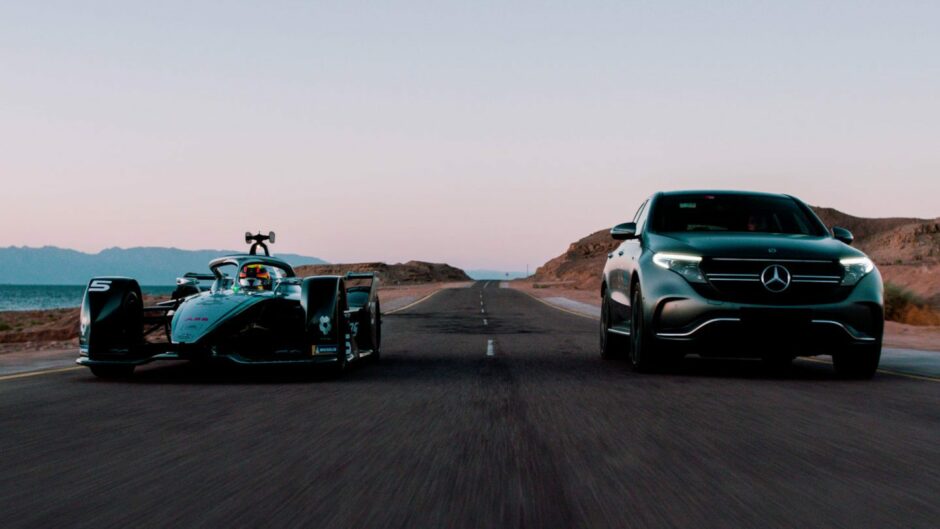
A hydrogen pipeline carrying 2.5 million tonnes per year from the Gulf to Europe would be feasible, according to a new study.
RINA and Afry carried out the study. Such a “transformative opportunity” would unlock the Gulf’s potential to provide low-carbon hydrogen – green or blue – to Europe.
The concept covers a pipeline from Qatar to Saudi Arabia, then on to Egypt and crossing the Mediterranean Sea. The plan “may seem ambitious”, the consultants said, but it would be feasible.
It would cost 1.2 euros per kg of hydrogen, RINA and Afry said. Given the low cost of supply in the Middle East, they could supply hydrogen at a levelised cost of around 2.7 euros per kg, starting in the 2030s. In time, this would fall to 2.3 euros.
RINA executive vice president Andrea Bombardi said the first-of-its-kind study had considered a number of aspects, including routing and the deepwater pipeline section.
Supply and demand
“The findings of the study represent a decisive contribution to boost the hydrogen economy. Together with Afry, we have identified a potential stable corridor to bring supply and demand together. The scale-up of hydrogen adoption goes through projects like this,” Bombardi said.
Europe has set a goal of importing 10mn tpy of low-carbon hydrogen by 2030. While a number of projects have been discussed, there continues to be a lack of transparency in the market. As such, financing is a challenge.
The study from RINA and Afry noted Europe’s desire to seek energy security. There has been talk of gas exports from Egypt into Europe, but the water depth has proved a challenge.
Furthermore, the study noted discussions around hydrogen exports via ship.
“These options receive EU subsidies and drive activity within the gas/hydrogen industry, but they may not be most efficient for bulk transport. A competitive and actionable pipeline project from the Gulf region in the near future could provide a viable and powerful complement.”
Recommended for you

